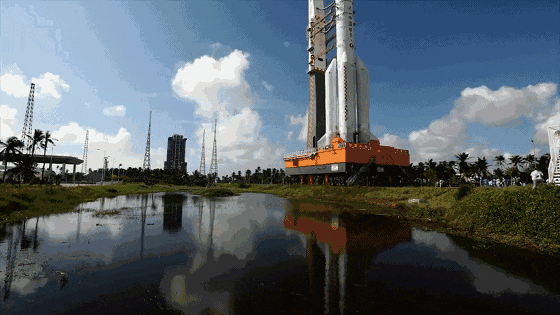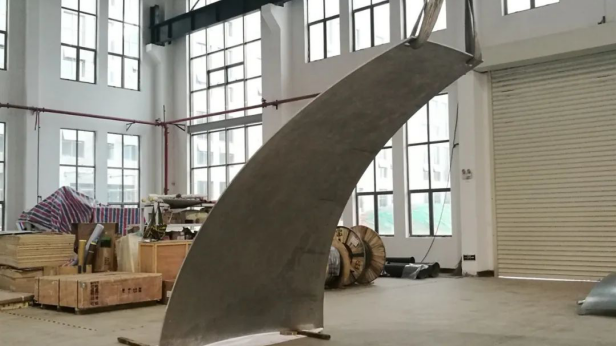News
3D Printed Aluminum Alloy Rocket Tank Bottom
Recently, Beijing Jiutian Xingge Aerospace Technology Co., Ltd., a national high-tech enterprise in Shunyi District, has completed the country's first 3D printed aluminum alloy rocket tank bottom. This achievement marks a significant innovation and breakthrough in aerospace manufacturing technology, propelling rapid iteration and optimization in rocket manufacturing.

Importance of the Tank Bottom
The rocket tank bottom is a crucial component of the rocket structure, with its reliability directly impacting the safety of the entire rocket. Serving as the base of the main container for liquid rocket propellant, it must withstand immense internal pressure, axial loads, and various complex stresses encountered during launch and flight, including vibration and impact.
Evolution of Tank Materials
The development of rocket fuel tank materials has gone through four generations:
First Generation: 5-series aluminum alloys (e.g., 5A06, 5A03) used in the late 1950s for P-2 rocket fuel tanks.
Second Generation: Al-Cu series 2-series alloys (e.g., 2A14, 2219) widely used in Long March series rockets and low-temperature fuel tanks for weapons.
Third Generation: Al-Li alloys with ≤3.0% Li content in 2-series and 5-series alloys, industrialized in the 1980s.
Fourth Generation: 2-series and 5-series alloys with small amounts of Li (e.g., 2195, 2196, 2098, 2198, 2050).

Traditional Manufacturing Process
Manufacturing the rocket tank bottom involves complex processes like precision forming, fine machining, heat treatment, surface treatment, welding, and testing. Traditional methods weld multiple parts into a whole, but this approach introduces material discontinuities, porosity, deformation, and cracks, affecting product quality and efficiency. Advanced international methods include "single spinning formation" and 3D printing.

Advantages of 3D Printing
Increased Design Freedom: Enables complex and optimized structures, achieving lightweight and high-strength designs.
Reduced Costs and Time: Minimizes material waste, shortens production cycles, and eliminates the need for costly molds.
Enhanced Reliability and Performance: Reduces the need for welding or assembly, improving overall structural reliability and durability.
Integrated Manufacturing: Facilitates the unified printing of the tank bottom and entire tank, simplifying processes, improving efficiency, and lowering costs.

Challenges and Future Prospects
Despite the advantages of 3D printing in producing complex components, traditional extrusion equipment faces challenges in mold design, machining precision, and material utilization. With increasing demands for lightweight, high-strength, and high-performance spacecraft, 3D printed aluminum alloy rocket tank bottoms offer a high-performance, cost-effective solution for future space missions, driving rapid innovation and enhancement in rocket manufacturing.
RELATED NEWS
- O+ Tower Project Showcases Our Production Prowess 2025-02-20
- Guangdong Aluminum Association and Moscow University Business School visited Gua 2024-12-12
- Guangdong Aluminium Association International Trade Co., Ltd. signed an overseas 2024-11-21
- Guangdong Aluminum Association International Trade Co., Ltd. Participates in the 2024-11-15
- Simplified Approach to Spandrel Area Treatment in Curtain Wall Glazing 2024-10-25
CATEGORIES
LATEST NEWS
CONTACT US
Contact: Manager:Miss Jasmien
Phone: +8618825429836
E-mail: info@gdaa-cn.com
Whatsapp:+8618825429836
Add: Headquarter:No.8,Yixian Road,GDAA Mansion,Guangfo Zhicheng, Dali Town,Foshan,Guangdong.China
